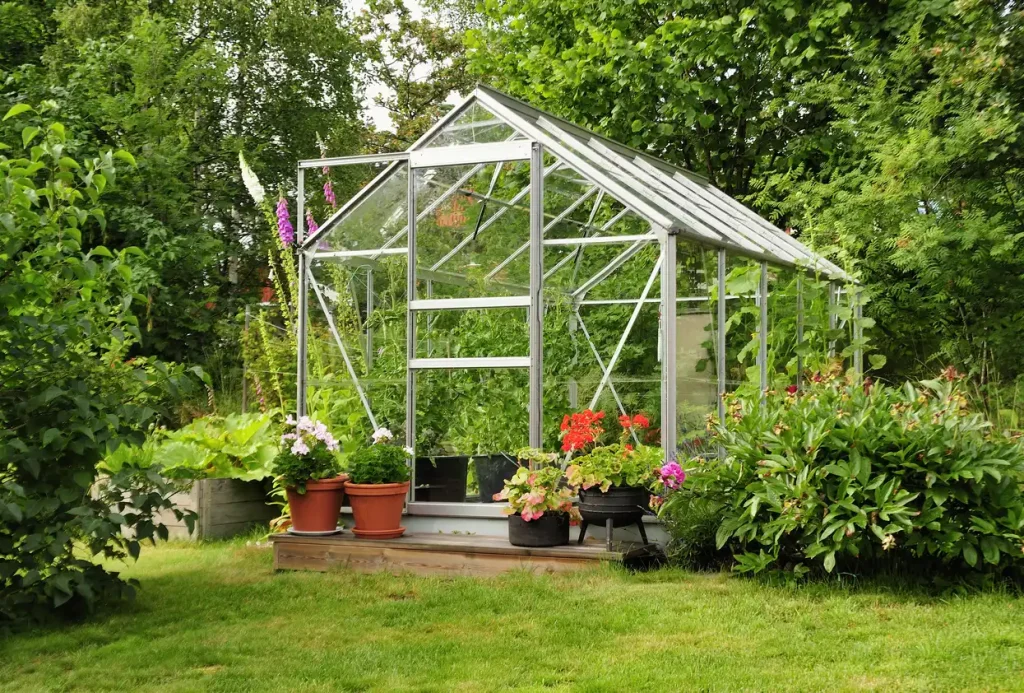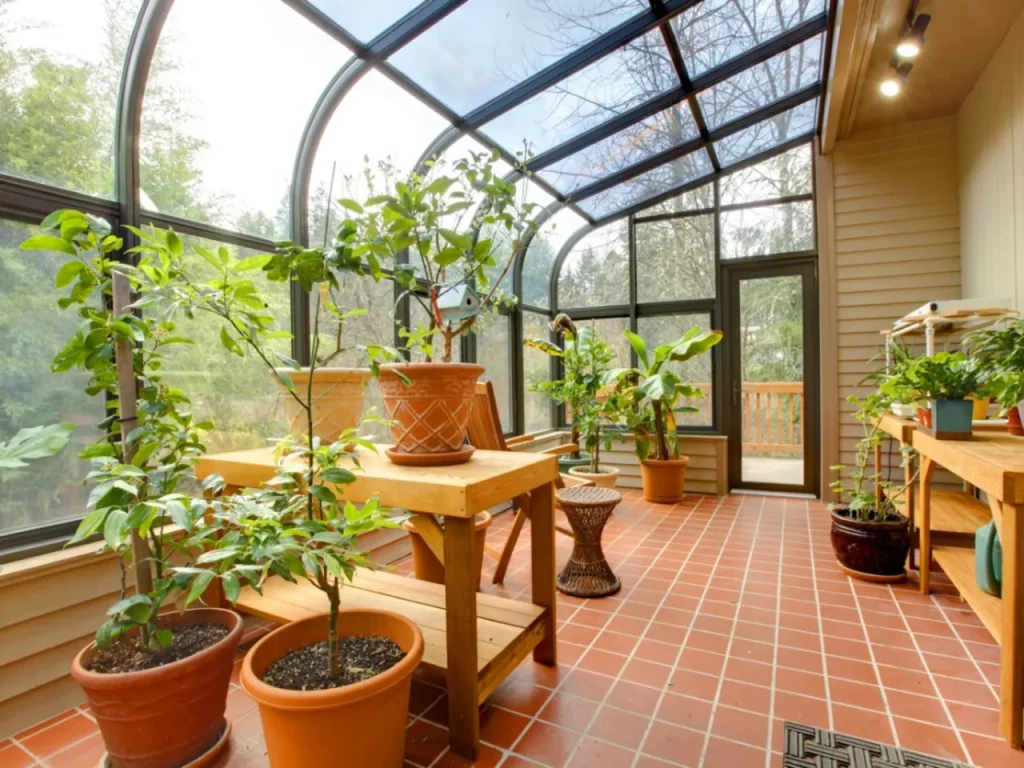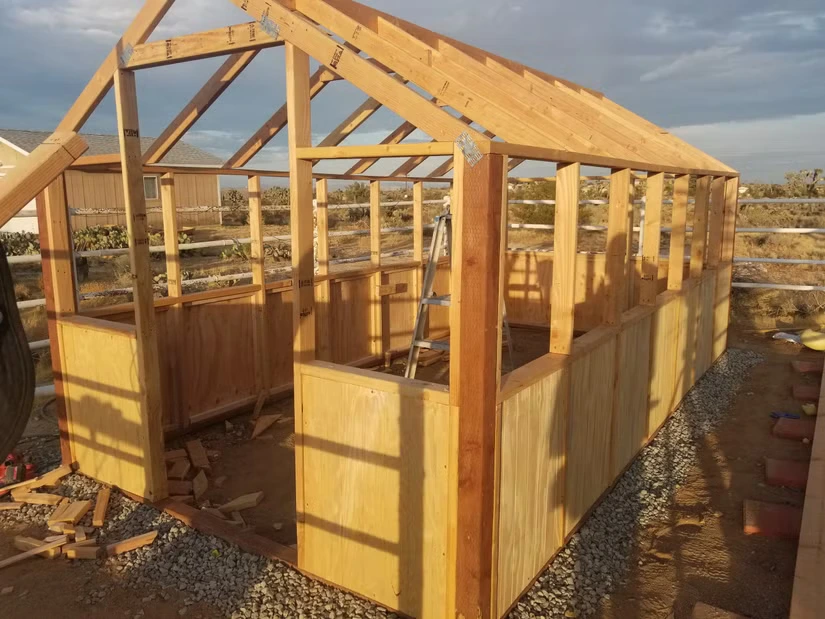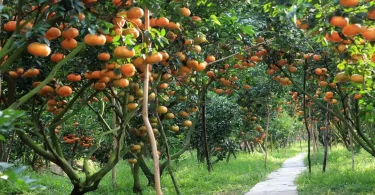Winter doesn’t have to put an end to your gardening routine. With a small, well-built greenhouse, you can continue growing vegetables, herbs, and flowers even when temperatures drop. If you’ve been dreaming about fresh greens in January or starting seedlings early for spring, a winter greenhouse is the perfect solution.
This guide will walk you through everything you need to know from planning and building to insulation and maintenance for small greenhouse for winter. Whether you’re new to DIY projects or already have some experience, this detailed guide will help you build a durable, productive, and affordable small greenhouse.

Why Build a Small Greenhouse for Winter Gardening?
A greenhouse isn’t just a structure; it’s a controlled environment that protects plants from harsh weather while maintaining warmth and humidity. A small greenhouse is especially useful because it:
- Saves space
- Is budget-friendly
- Heats up faster
- Requires less maintenance
- Fits comfortably in most backyards
Winter gardening can be challenging due to frost, snow, and short daylight hours. However, a greenhouse solves most of these issues by creating a microclimate where plants can thrive.
Step 1: Choose the Right Location
The location of your greenhouse determines how well it maintains heat and light. Keep these factors in mind:
Sunlight Exposure
Place your greenhouse where it receives maximum sunlight, ideally south-facing. Winter sunlight is limited, so every hour counts.

Shelter From Strong Winds
Set it up near a fence, wall, or evergreen hedge to reduce heat loss and prevent structural damage.
Drainage
Avoid low areas where water collects. Excess moisture can cause mold, rot, and disease.
Step 2: Choose the Type of Small Greenhouse
There are several types of greenhouses suitable for winter gardening:
1. Mini Hoop House
- Cheapest and easiest to build
- Works well for cold-weather vegetables
- Not ideal for severe climates
2. Lean-To Greenhouse
- Great for small yards
- Built against a wall
- Saves space and uses existing structure for warmth

Step 3: Gather Building Materials
Here’s a basic materials list for a small walk-in winter greenhouse:
Frame Options
- PVC pipes
- 2×2 or 2×4 wooden boards
- Metal conduit (for stronger structures)
Covering Materials
- Polycarbonate panels (more expensive but excellent insulation)
- UV-resistant polyethylene plastic (6 mil or thicker)
Foundation & Accessories
- Ground stakes
- Zip ties or screws
- Greenhouse tape
- Thermometer
- Ventilation windows
- Optional: small electric or solar heater

Pick materials based on durability and your local winter severity.
Step 4: Build the Foundation
A strong foundation helps keep your greenhouse stable during storms and heavy winds.
Simple Foundation Options:
- Wooden base frame (easy to assemble)
- Concrete blocks (long-lasting and sturdy)
- Gravel layer (improves drainage)
Even a small greenhouse benefits from a stable base, especially in winter.
Step 5: Build the Greenhouse Frame
For a PVC Frame Greenhouse:
- Cut PVC pipes to equal lengths.
- Create arches by securing pipes into the ground or wooden base.
- Add horizontal pipes along the top for stability.
- Strengthen with T-joints or zip ties.
For a Wooden Frame Greenhouse:
- Add crossbars for stability and shelving.
- Build a rectangular base.
- Construct vertical posts on each corner.
- Add roof rafters at an angle for snow to slide off.

Step 6: Install the Greenhouse Cover
The cover is what traps heat, so choose wisely.
Polyethylene Covering Tips:
- Add a double layer with an air gap for insulation
- Wrap evenly and tightly to reduce heat loss
- Secure with greenhouse clips or batten tape
- Avoid air gaps that let in freezing air
Step 7: Add ventilation
Even in winter, ventilation is essential to prevent humidity buildup and mold.
Ways to Improve Ventilation:
- Install a roof vent or manual flap
- Open doors for airflow on sunny days
- Use a small solar fan
A well-ventilated greenhouse maintains temperature balance and keeps plants healthy.
Step 8: Choose the Right Winter Plants
Some plants naturally thrive in winter with minimal protection.

Best Winter Vegetables:
- Swiss chard
- Spinach
- Kale
- Lettuce
- Carrots
- Garlic
- Radishes
- Beets
Great Herbs for Winter:
- Parsley
- Thyme
- Rosemary
- Mint
Flowering Plants:
- Pansies
- Primrose
- Winter jasmine
Vary your crops based on your climate and greenhouse size.

Troubleshooting Table for Winter Greenhouses
| Problem | Possible Cause | Solution |
|---|---|---|
| Temperature too low | Weak insulation or heat loss | Add bubble wrap, seal gaps, use water barrels or small heater |
| Condensation on walls | Poor ventilation | Open vents daily, install small fan |
| Plants turning yellow | Overwatering or low light | Reduce watering; clean cover for more sunlight |
| Mold or fungal growth | High humidity | Increase airflow, remove infected leaves |
| Plastic cover tearing | High winds or weak material | Use UV-resistant plastic, reinforce with tape |
| Soil not warming | Lack of thermal mass | Add compost, mulch, or dark-colored containers |
| Slow plant growth | Insufficient light | Use LED grow lights if daylight is minimal |
| Pests inside greenhouse | Aphids, mites, whiteflies | Use neem spray or sticky traps |
Final Thoughts
Building a small greenhouse for winter gardening is one of the most rewarding projects for any gardener. It allows you to enjoy fresh produce, extend your growing season, and protect your plants from harsh weather. With the right planning, insulation, and care, even a small backyard greenhouse can become a powerhouse of winter growth.
Whether you’re a beginner or experienced gardener, this DIY greenhouse will give you the ability to grow food year-round, save money, and enjoy gardening even during the cold months.



